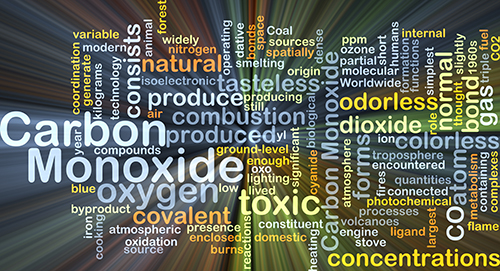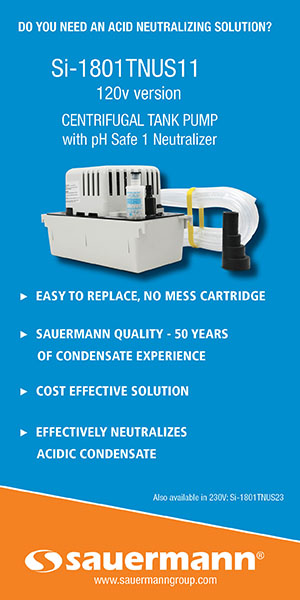
Jim Davis, Senior Instructor, National Comfort Institute
When using the NCI Combustion Diagnostic Reports and Diagnostic Matrix, it is important to recognize the most likely defect/cause of the problem, versus a symptom that it creates.
Specifically, a defect/cause is the main reason a problem exists.’ A symptom is an effect or reaction created by the actual defect/cause. For example, let’s say a piece of equipment is overfired. What type of symptoms could this create?
In overfired equipment, the O2 reading is low. When a technician rushes to diagnose a system, he can mistake this for a combustion air problem. In addition, when equipment overfires, it often produces more flue gases than the venting system can remove. This can trick a technician into assuming venting is the problem. Overfiring also causes soot production, which can cause poor heat transfer.
In other words, correcting the symptoms by adding combustion air, correcting venting, cleaning up soot, or adjusting airflow won’t fix the overfiring defect.
So, what should you do? You need to take additional measurements. Measuring O2, CO, flue temperature, and draft, will typically direct you to the actual source of the issue and keep you from being fooled by the symptoms and a single reading.
The following is a list of the seven causes of poor combustion, plus heat transfer, with a definition of each, as well as a list of symptoms (other causes) that mimic or have similar measurements.
OVERFIRED Equipment – CO over 100 ppm or Rising
The Cause:
|
Symptoms (not the actual cause)
|
UNDERFIRED – CO not useful, Flue Temperature Low
The Cause:
|
Symptoms (not the actual cause)
|
VENTING – Rising CO, High Draft
The Cause:
|
Symptoms (not the actual cause)
|
?COMBUSTION AIR – Rising CO, Low Draft
The Cause:
|
Symptoms (not the actual cause)
|
DIRT, RUST*, SOOT* – CO over 100 ppm
The Cause:
|
Symptoms (not the actual cause)
*Rust and soot are always caused by additional defects, but in this case, they are creating additional CO above and beyond the other causes. |
?ALIGNMENT – CO over 100 ppm
The Cause:
|
Symptoms:
|
MECHANICAL – CO over 100 ppm
The Cause:
|
Symptoms (not the actual cause)
|
HEAT TRANSFER – Excessive Flue Temperature or Delta T
The Cause:
|
Symptoms (not the actual cause)
|
Be thorough and take the needed measurements. When you measure, it’s easier to diagnose the defect and recognize the symptoms. As you diagnose combustion problems, remember to systematically eliminate the potential symptoms so you’re left with the true defect.













Recent Comments